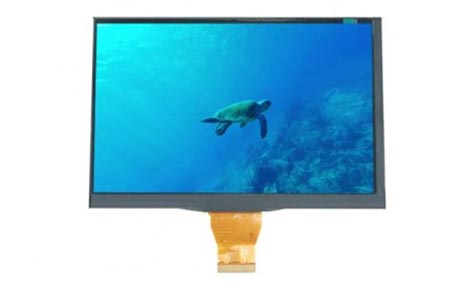How bright is 1 nit?
At its core, a nit is a unit of measurement for luminance, representing the amount of light emitted from a display per unit area. To put it into perspective, 1 nit is roughly equivalent to the light emitted by a single candle per square meter. While seemingly modest, the implications of nits extend far beyond this simplistic analogy, especially in the context of high-performance LCD screens.
High Brightness LCD: Pushing the Boundaries of Brilliance
High Brightness LCD displays represent the pinnacle of luminance excellence in the digital world. These displays are engineered to deliver exceptional brightness levels, often far surpassing the capabilities of conventional LCD panels. By leveraging advanced backlighting technologies and optimized panel designs, High Brightness LCD screens can achieve luminance levels that make them ideally suited for a diverse array of applications, ranging from outdoor signage to industrial displays.
In practical terms, the heightened brightness capabilities of High Brightness LCD screens translate into tangible benefits for end-users. Whether deployed in outdoor environments with abundant ambient light or utilized in applications where visual clarity is paramount, the superior brightness of these displays ensures optimal visibility and legibility under challenging conditions. From enhancing the readability of digital signage to facilitating seamless collaboration in brightly lit meeting rooms, the advantages of high brightness technology are undeniable.
By recognizing the pivotal role of luminance, particularly in the context of High Brightness LCD screens, businesses and consumers alike can make informed decisions when selecting display solutions tailored to their unique needs. As the demand for high-performance displays continues to grow across diverse industries, the pursuit of brightness excellence remains a driving force behind innovation in the field of visual technology.




